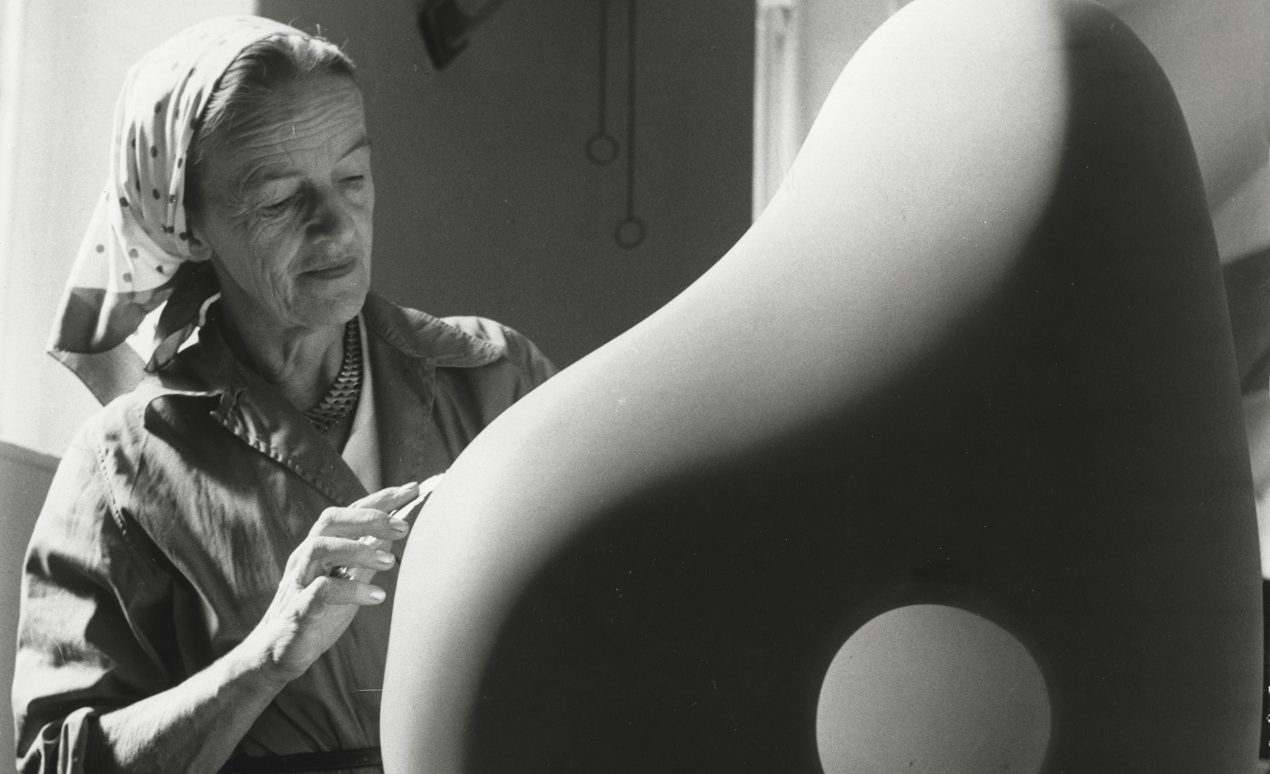Preview: Yorkshire Sculpture International
Yorkshire Sculpture International celebrates the institutions that brought us Barbara Hepworth and Henry Moore, and the relationship artists have with their materials
Building on its importance as the home of two of the most significant artists of the 20th century, Barbara Hepworth and Henry Moore, West Yorkshire will take to the international art stage this summer with an ambitious new programme under the banner of Yorkshire Sculpture International.
The free festival runs for 100 days over four major venues in West Yorkshire – Henry Moore Institute, Leeds Art Gallery, the Hepworth Wakefield and Yorkshire Sculpture Park. There’ll also be a learning programme and displays in unexpected public places.
The Hepworth Wakefield presents a series of new commissions and debut UK presentations by established and emerging artists from around the world. The connecting theme of the work on display is Truth to Materials.
“This was a concept explored by many European sculptors, including Hepworth and Moore, at the turn of the 20th century, who felt that the natural qualities of wood and stone should guide the form of their carving,” says curator Emily Riddle. “Particularly strong examples of this idea can be seen in the two Reclining Figures by Henry Moore on display in the show, one in wood and one in stone. In these works, you can really see how Moore worked with the grain of the wood and the strata of the stone to accentuate the form of each sculpture.”
Curators also wanted to explore how the concept of truth to materials resonates with the ways artists are working today.
“We’ve brought together artists from across the globe who harness the physical properties of the materials they use,” says Riddle. “In a world increasingly dominated by, and reliant upon, the realm of the digital, we want to turn our attention back to physical objects and look at the complex roles that materials play in our lives.”
While showing work by some of the most established artists on the international stage, including Iranian artist Nairy Baghramian and German sculptor Wolfgang Laib, Riddle says it’s also important to her that the gallery is introducing several younger, emerging artists to the project.
“I keep in mind how much Wakefield Art Gallery, our predecessor, supported Hepworth and Moore and many other artists in the early stages of their careers,” she says, adding that she’s particularly excited about a new installation by 26-year-old Tau Lewis, who is showing her work here for the first time outside North America.
“This installation has been inspired by a painting of aquatic life forms in a Jamaican coral reef that hung on the wall of the artist’s childhood home,” says Riddle.
Inspired by this image of lobsters, seahorses, rays and eels, Lewis imagines how the millions of enslaved people who drowned during their transatlantic journey have been absorbed into the ocean floor and spat out as other-worldly aquatic beings – here, a large suspended manta ray and a giant squid.
Lewis has visited Jamaica regularly since her childhood, collecting shells, bone and glass from the seashore. She included these in her works, transforming them into teeth, eyeballs and tongues. “For Lewis, this repurposing of materials is important because it combines care for the environment with honour for the past.”
Inspired by landscapes closer to home Rosanne Robertson’s work is shown in dialogue with Barbara Hepworth. Robertson has been developing new work that explores gender queerness and female masculinity, or butchness, within the natural landscape. She has focused on the landscape close to her studio in Hebden Bridge, in particular a set of rock formations called the Bridestones.
Robertson says: “I see the Bridestones as queer bodies in the landscape – queer forms and changing bodies that are not set in stone, but rather revealed to us over a long period of time as fluid structures shaped by water and erosion. These queer bodies are as fluid as the water that shapes them and as plural as the grains of sand that erode them.”
Riddle says Yorkshire Sculpture International will build on the region’s importance and highlight the four world-class art institutions within 30 minutes of each other in West Yorkshire, but another important aspect of the project is the engagement work with artists, communities, schools and universities.
“Yorkshire is a creative county that is home to an outstanding arts university in Leeds, artist studios and independent makers and we are keen to promote Yorkshire as a place where artists and creative people can live and work and be supported.”
Yorkshire Sculpture International runs until 29 Sept (yorkshire-sculpture.org)
Main image: Barbara Hepworth

Leave a reply
Your email address will not be published.